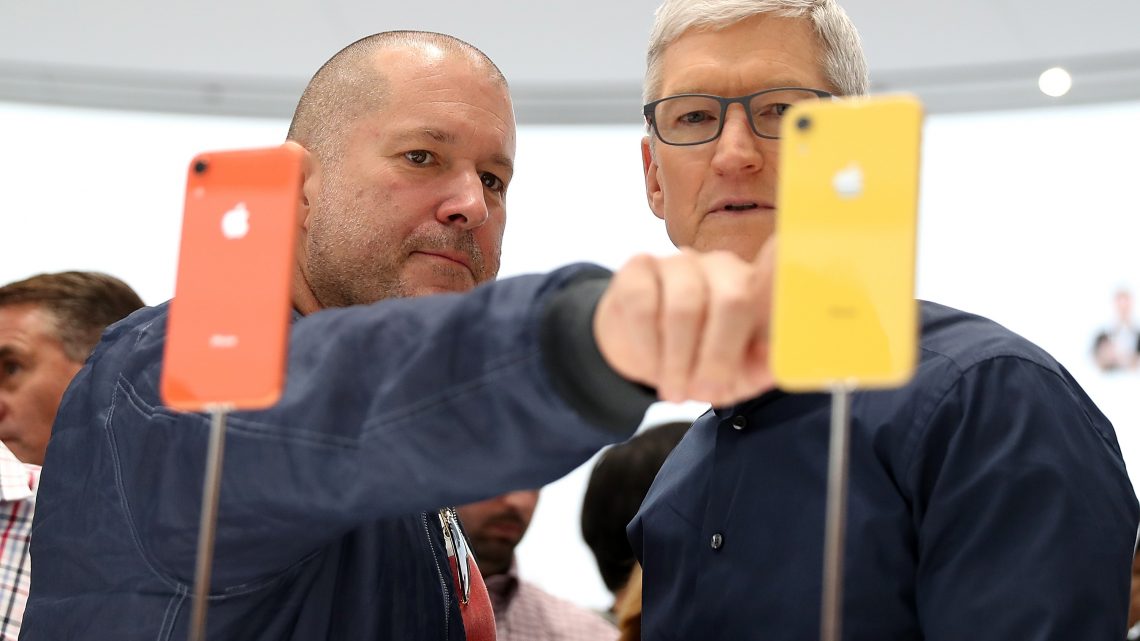
History Will Not Be Kind to Jony Ive
June 27, 2019Jony Ive, the man most often credited with Apple’s visual, industrial, and product design, is leaving the company. He leaves a legacy of pushing its products toward disposability and unrepairability, a choice that has reverberated across the consumer electronics industry.
With Ive as Chief Design Officer, Apple released the iPod, iPhone, iPad, Apple Watch, AirPods, and various iterations of the iMac, Mac Pro, MacBook, and MacBook Pro. He was there for, and key to Apple's transformation from a computer company to the most valuable company in the world. Under his watch, Apple’s products became thinner, lighter, and sleeker. They also became steadily less modular, less consumer friendly, less upgradable, less repairable, and, at times, less functional than earlier models. These design decisions extended beyond Apple: Ive’s influence is obvious in products released by Samsung, HTC, Huawei, and others, which have similarly traded modularity for sleekness.
Ive is regularly held up as a genius. He has been knighted by the British crown, he was featured on the cover of the ultra-luxe Hodinkee magazine for people who buy watches that cost as much as cars, and his departure was announced in a six-part series by the Financial Times. Apple sells a $300 coffee table book dedicated to the genius of its (and his) design.
But history will not be kind to Ive, to Apple, or to their design choices. While the company popularized the smartphone and minimalistic, sleek, gadget design, it also did things like create brand new screws designed to keep consumers from repairing their iPhones.
Under Ive, Apple began gluing down batteries inside laptops and smartphones (rather than screwing them down) to shave off a fraction of a millimeter at the expense of repairability and sustainability.
It redesigned MacBook Pro keyboards with mechanisms that are, again, a fraction of a millimeter thinner, but that are easily defeated by dust and crumbs (the computer I am typing on right now—which is six months old—has a busted spacebar and 'r' key). These keyboards are not easily repairable, even by Apple, and many MacBook Pros have to be completely replaced due to a single key breaking. The iPhone 6 Plus had a design flaw that led to its touch screen spontaneously breaking—it then told consumers there was no problem for months before ultimately creating a repair program. Meanwhile, Apple’s own internal tests showed those flaws. He designed AirPods, which feature an unreplaceable battery that must be physically destroyed in order to open.
Ive’s Apple has been one in which consumers have been endlessly encouraged to buy new stuff and get rid of the old. The loser is the environment, and the winner is Apple's bottom line. Apple has become famous for its design, and Ive has become famous, too. Let’s hope the next great consumer electronics designer is nothing like him.


